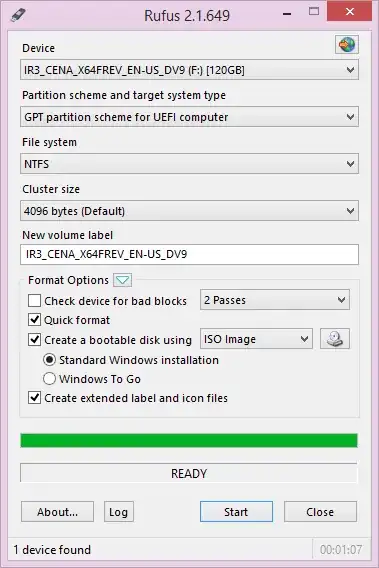I am going to re-install my OS. This time i am going to install windows 8.1 instead of windows 7.
Now I came into something new (to me ) There are different boot mode in my laptop boot option
Legacy
UEFI hybrid
UEFI native
I did a little study on UEFI still confused.
Can any one tell me which mode use for better performance and stability? with a little why?
